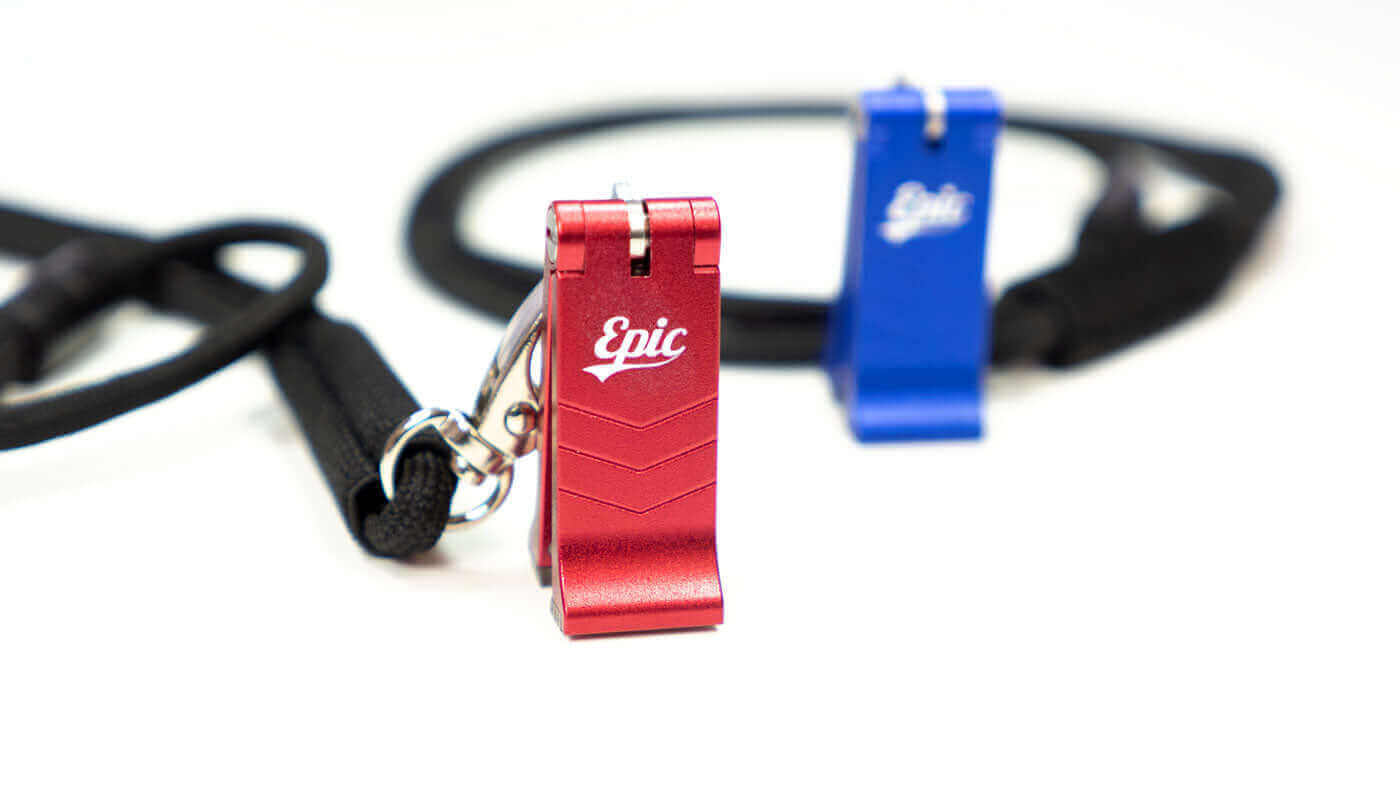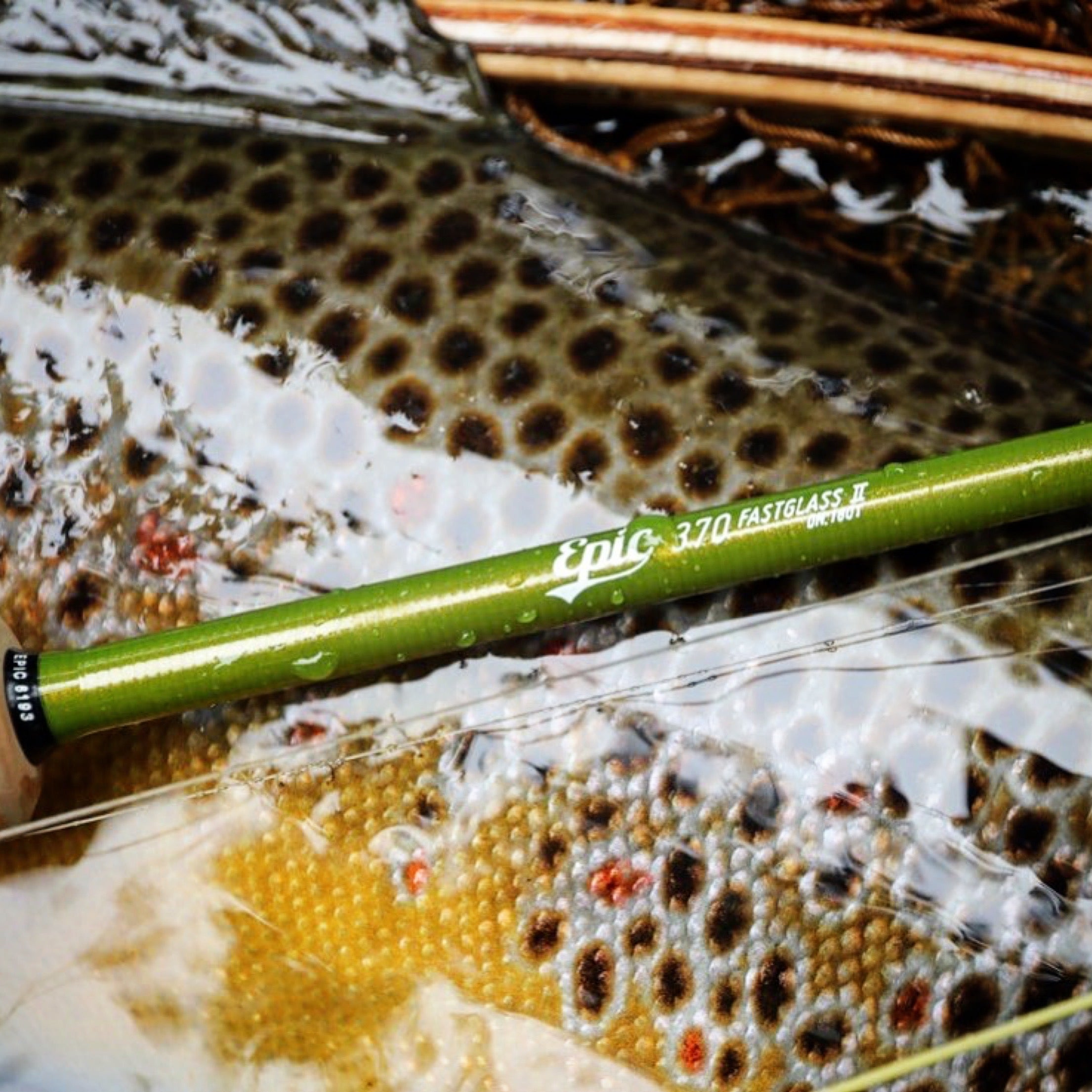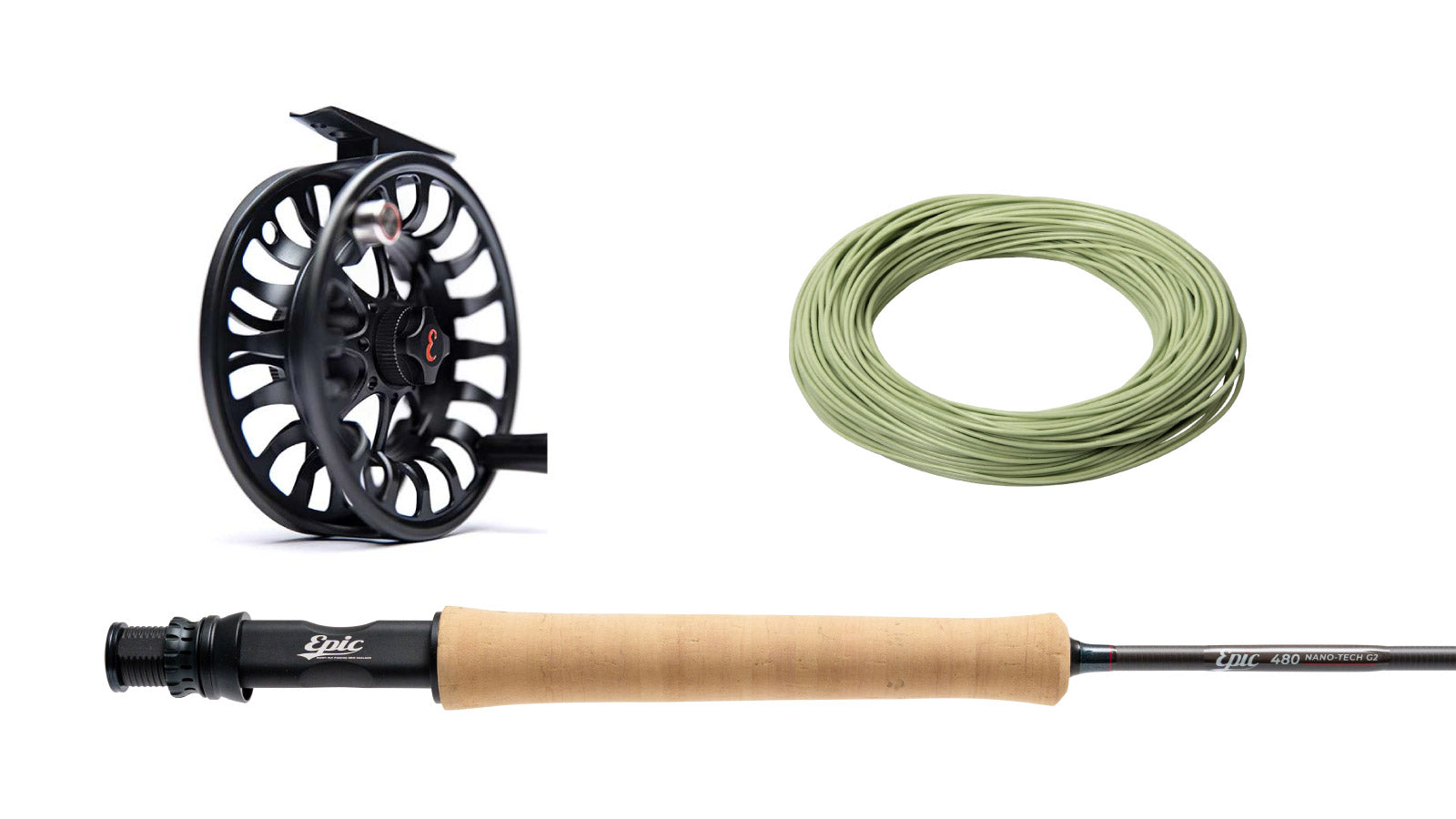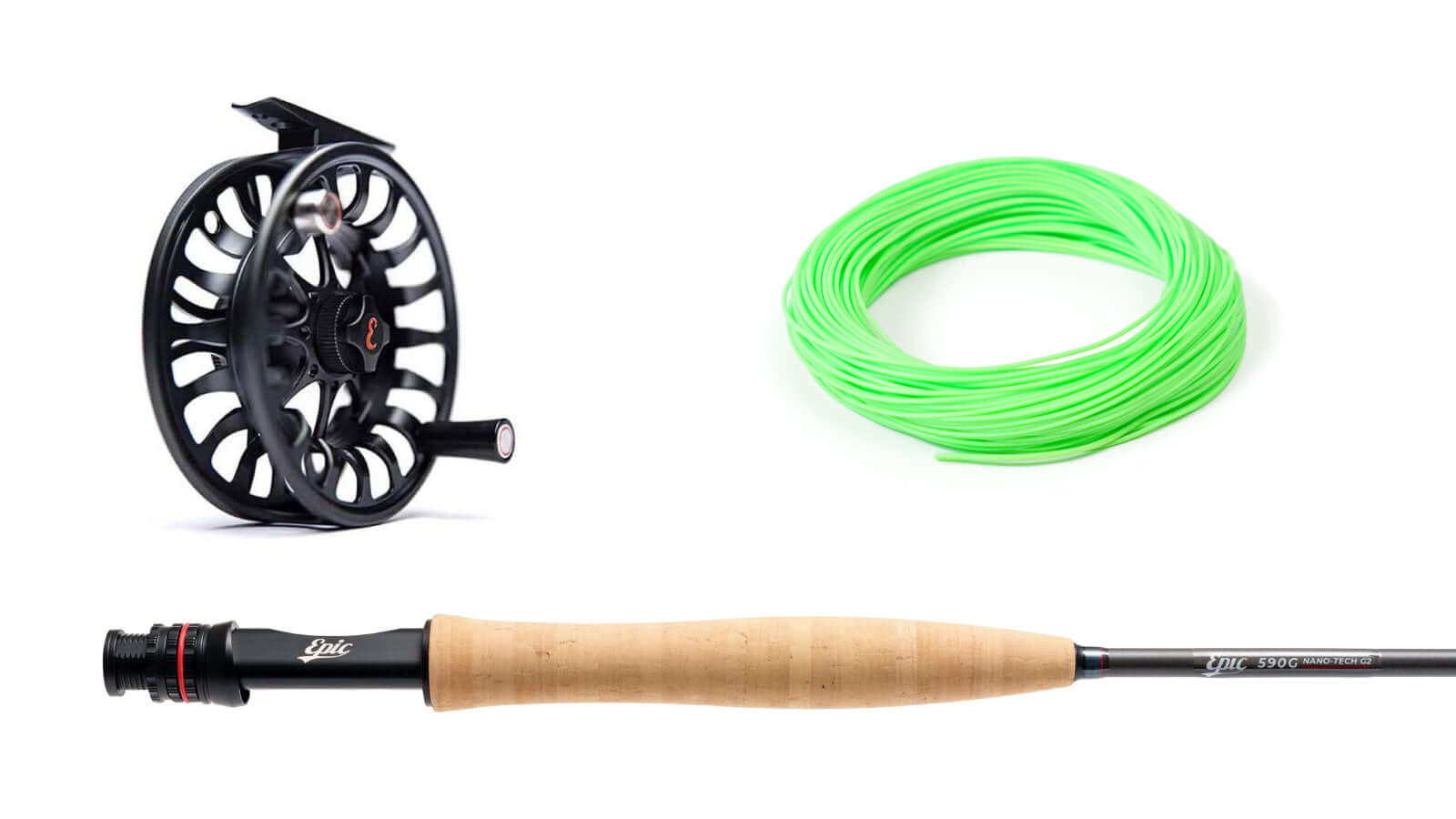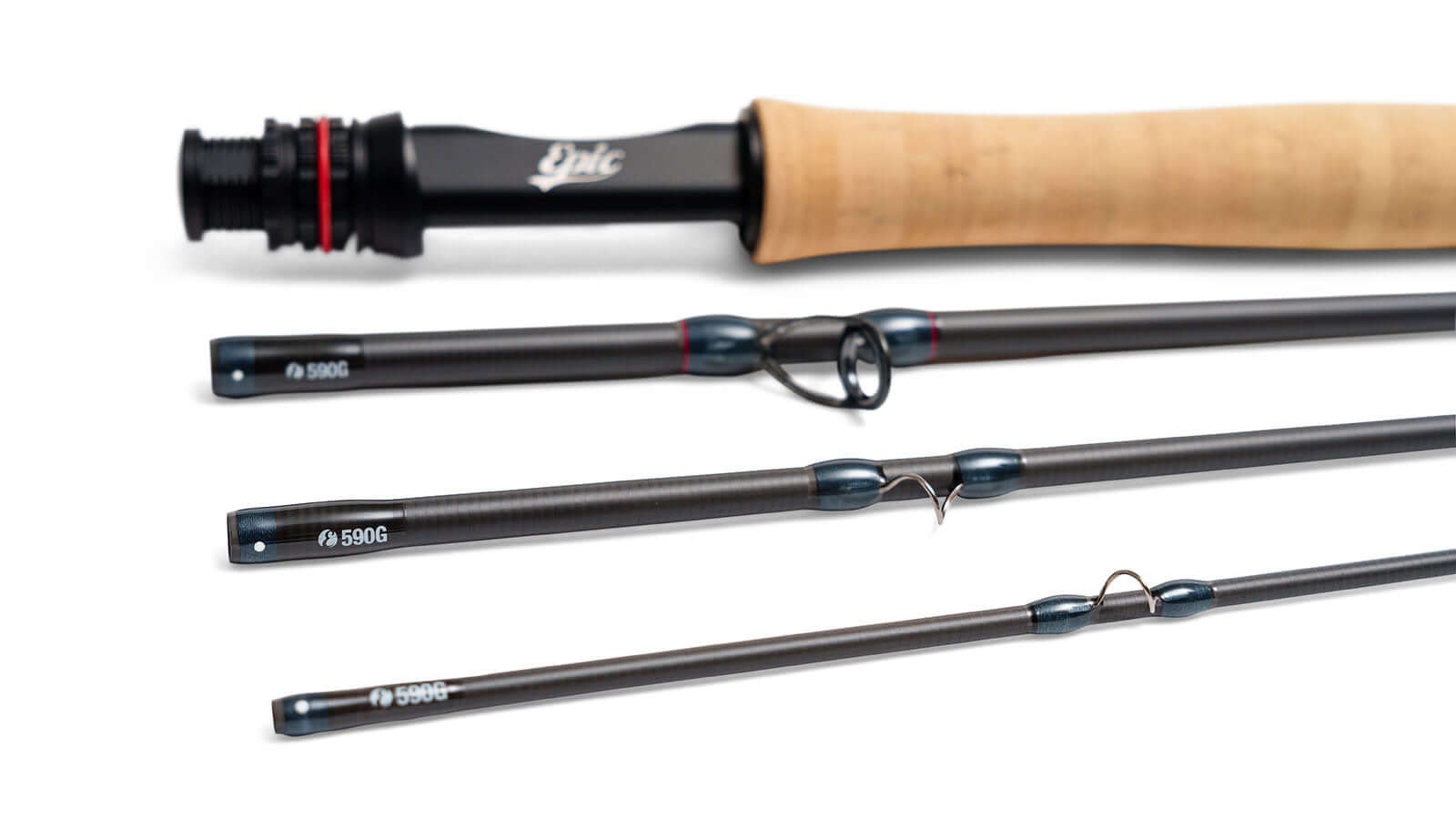Monofilament vs fluorocarbon
I believe it’s Lefty that is credited with saying “There’s more bullshit in fly fishing than in a Texas cattle yard” (excuse the French)
A phrase that is no more apt than when citing the 'Fluoro vs Mono' discussion.
What is “Mono’”
Monofilament correctly refers to a single extrusion of line regardless of the material it is constructed from - as opposed to braided or multifilament lines. Fluorocarbon as we are discussing it falls into the Mono’ group
For better or worse, Mono’ has come to describe a single extruded line made from a variety of plastics, but most commonly nylon. In truth the vast majority of leaders and tippets we use as fly anglers are in fact Monofilament by definition.
Modern lines are very different than the single extruded nylons of yesteryear, and most certainly worlds apart from the “Cat gut” my Granddad used.
Fluorocarbon aside for the moment - Most modern mono’s are formulated from mixtures of complex thermoplastics and polymers, many are treated, annealed, coated and some even pre stretched to improve strength, abrasion resistance, UV resistance and overall performance - and, some are not.
It’s my view that a lot of what we have come to believe about the properties of Fluorocarbon is little more than “received wisdom” from the marketing department. Many of the features of fluorocarbon are often over generously promoted as benefits. And much of it, in practical terms at least - is just plain wrong.
Here are a few of the more common misconceptions:
Myth 1. Fluorocarbon is not “stretchy”
Under load Fluoro' stretches virtually the same amount as nylon based materials. However Nylon has greater elasticity - that is, it tends to recover from that stretch when load is removed. Fluoro' tends to stay elongated, and weakened as a result.
Like nylon based materials, fluorocarbon lines can stretch as little as 20% before failure or as much as 30%.
Fluorocarbon is denser than Nylon, and denser material does a better job of transmitting energy. This is perhaps why some anglers say they get a better “feel” when using Fluoro and perhaps where the "Fluoro doesn’t stretch" misnomer comes from.
Being more dense than water, it is correct that Fluoro' essentially does not absorb water. While on paper it would seem that Fluoro' would then sink, this effect is negligible and in reality not quickly enough or with sufficient force to be of much use to fly anglers.
Cast out flat and relatively straight Fluorocarbon usually does not fully break the waters surface tension. If pulled under by the weight of a fly, it will sink - very slowly, but not to have any appreciable effect on the sink rate of the fly. A Fluoro leader does not “pull” a weighted fly down into the water column by any appreciable measure.
My observations are that both nylon and fluorocarbon leaders will sink if they break the surface tension. Both can be treated with a floatant or a sinking agent such as a fullers earth mixture to affect the desired result.
Myth 2. Fluorocarbon is invisible to fish.
While it is true that the refractive light index of Fluoro is closer to that of water than nylon (and hence virtually invisible to fish apparently) - this common misconception is in my opinion the single biggest load of garbage out there.
Having filmed and photographed fish, leaders and tippets for over 10 years (top side and underwater) I have never been able to see any appreciable difference between the two.
We’ve looked at tippet material in glasses of water, controlled aquariums and in fresh and saltwater at all sorts of depths and angles - It’s easily seen. My observations have been that both materials appear equally visible against a wide range of backgrounds.
And I’m pretty certain my eyes and camera lens are not nearly as well adapted at seeing underwater as those of any fish I’ve observed.
In short, fish can see tippet, regardless of what material it is constructed from. My arbitrary observations aside, there have been a number scientific studies done on this. One such example is Jeff Thomson “Mathematical Theory of Fishing Line Visibility"
Myth 3. Fluorocarbon is strong.

Why “test” vs diameter matters.
The superior strength of nylon based material allows us to fish thinner tippets, and while they can still be observed, a thinner tippet will allow a fly to be behave more naturally on the water - particularly important for small dries and emergers where that elusive drag free drift is all important.
Abrasion Resistance:
Certainly a consideration when fishing the salt over Coral and rough ground, but probably of negligible benefit for most trout angers. In saying that, "hard mono” and modern annealed and coated nylon products offer abrasion resistance on par with Fluorocarbon and with the most desirable superior knot and tensile strengths - and are a third of the cost Fluorocarbon.
My advice to most trout anglers, and particularly those starting out is to save a few bucks and go for a good quality Nylon material over fluorocarbon.
If you’re working towards “Zero defects” and doing as much as possible to help tip the odds in your favour. I’d first go for very sharp, high quality hooks, good nylon, impeccable knots and most importantly - a well practiced fly cast.
Shop Stroft High Quality Tippet and Leader Material Here >>



